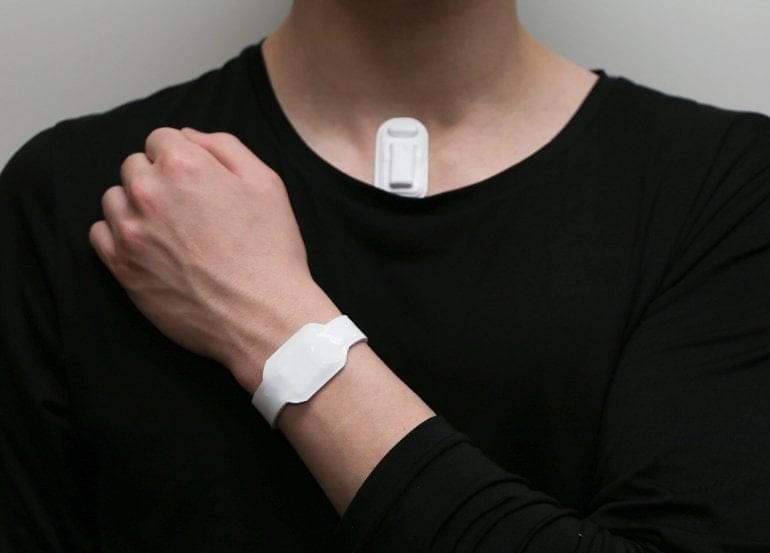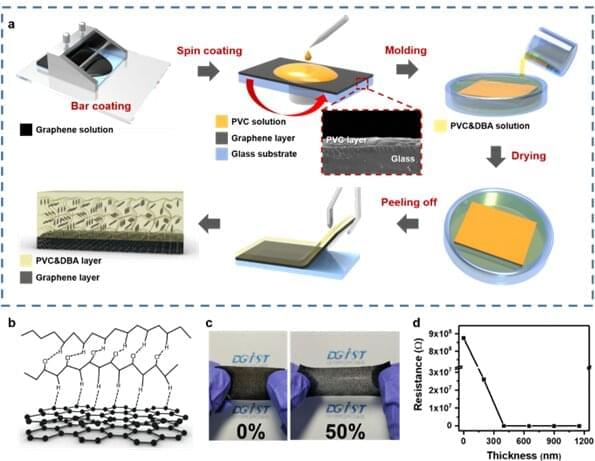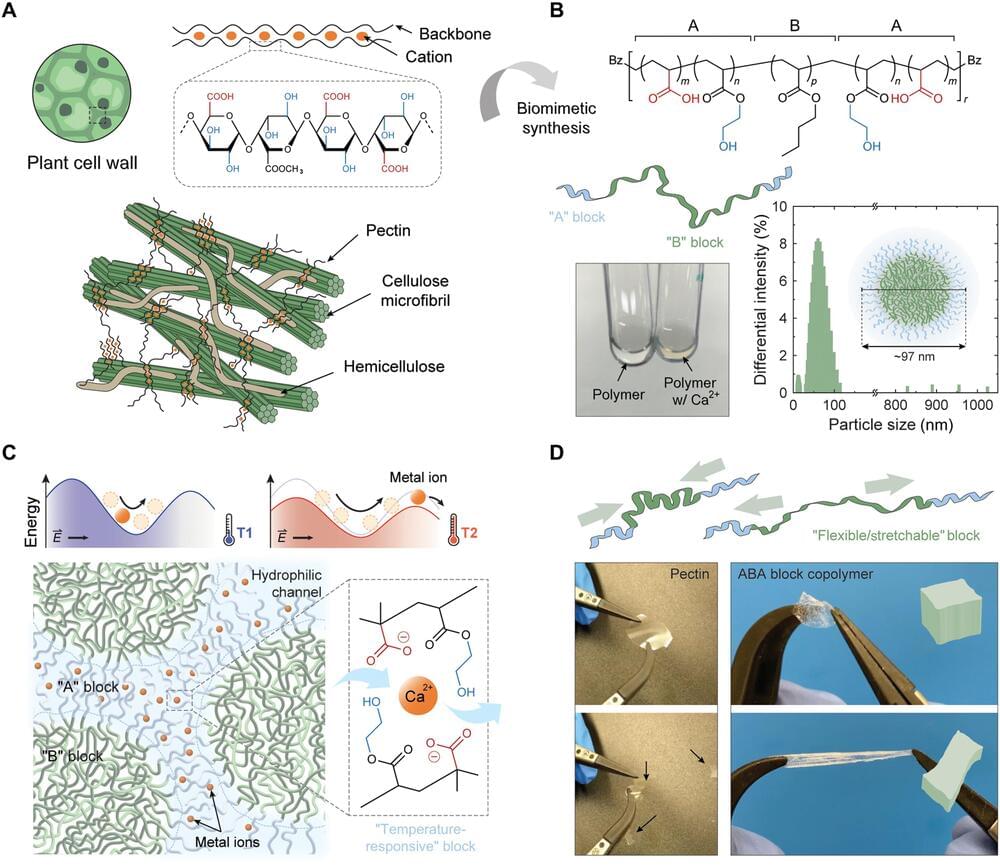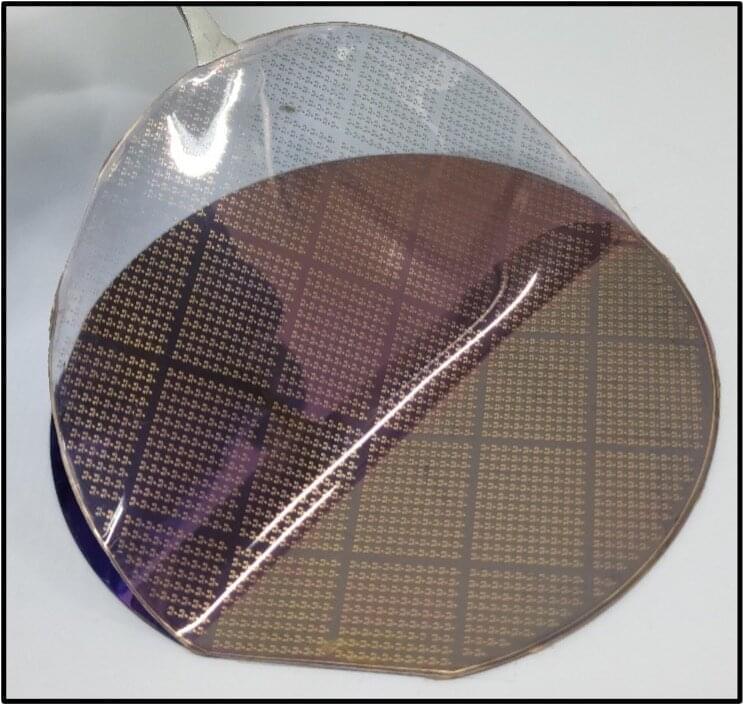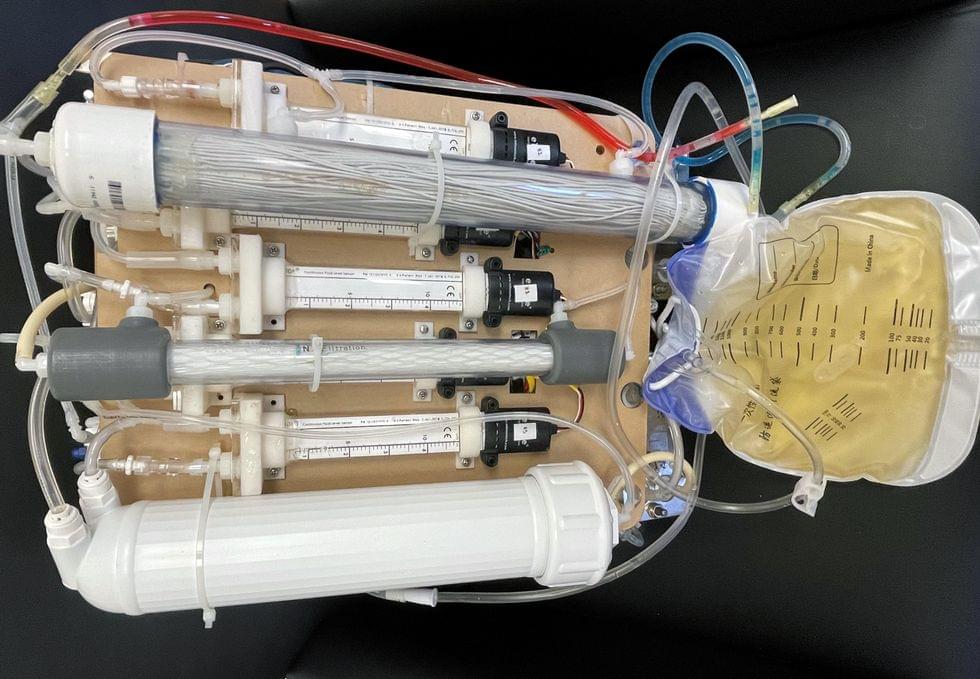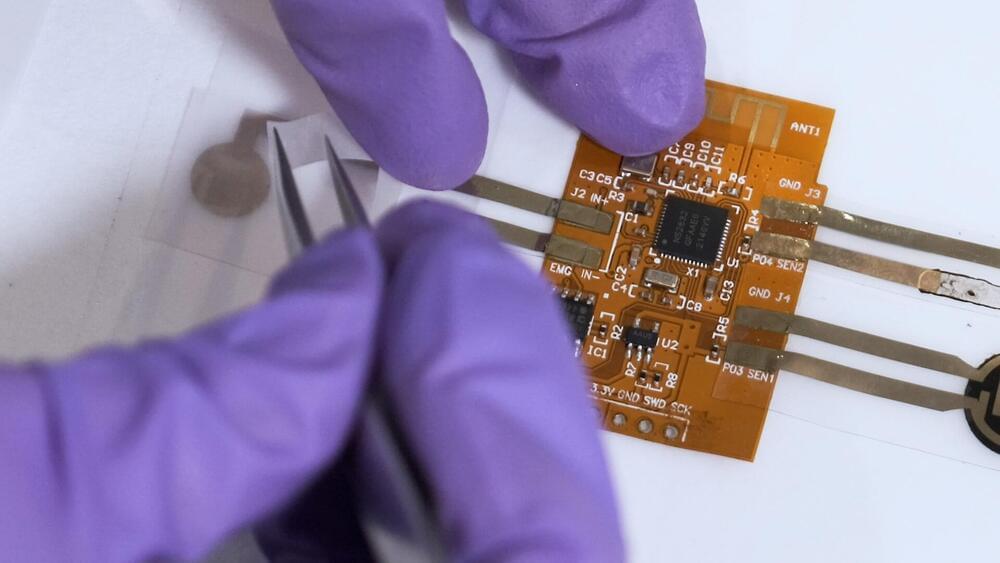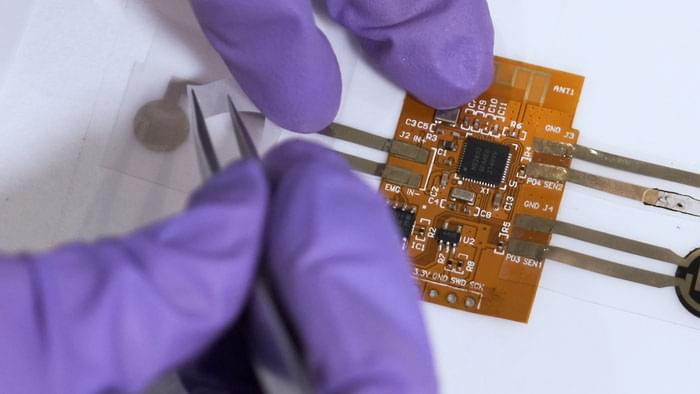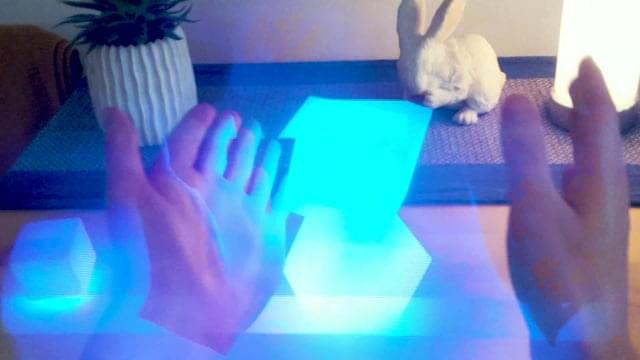Feb 21, 2023
Wearable Electronics Breakthrough: A Revolutionary Electrochemical Transistor
Posted by Jose Ruben Rodriguez Fuentes in categories: biotech/medical, chemistry, computing, wearables
A multidisciplinary Northwestern University research team has created a groundbreaking transistor that is expected to be optimal for bioelectronics that are high-performance, lightweight, and flexible.
The new electrochemical transistor is compatible with both blood and water and has the ability to amplify significant signals, making it highly beneficial for biomedical sensing. This transistor could make it possible to develop wearable devices that can perform on-site signal processing right at the biology-device interface. Some potential applications include monitoring heart rate and levels of sodium and potassium in the blood, as well as tracking eye movements to study sleep disorders.
“All modern electronics use transistors, which rapidly turn current on and off,” said Tobin J. Marks, a co-corresponding author of the study. “Here we use chemistry to enhance the switching. Our electrochemical transistor takes performance to a totally new level. You have all the properties of a conventional transistor but far higher transconductance (a measure of the amplification it can deliver), ultra-stable cycling of the switching properties, a small footprint that can enable high-density integration, and easy, low-cost fabrication.”

